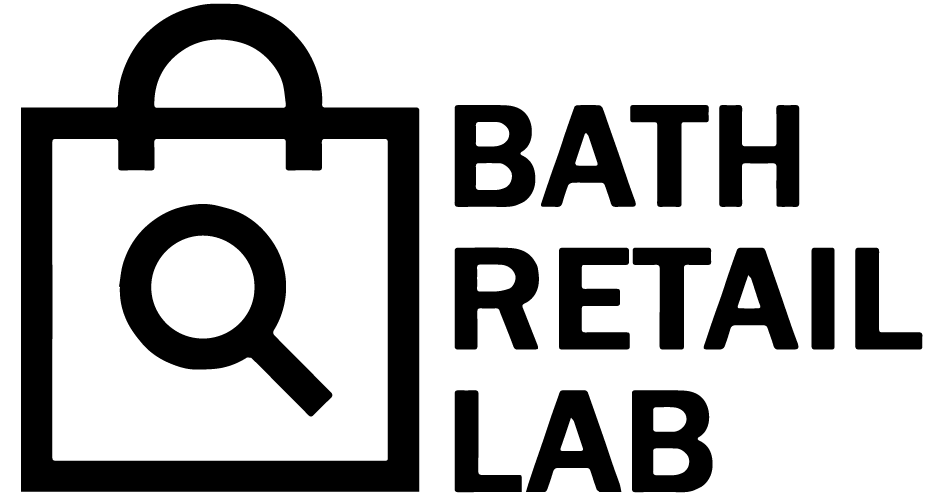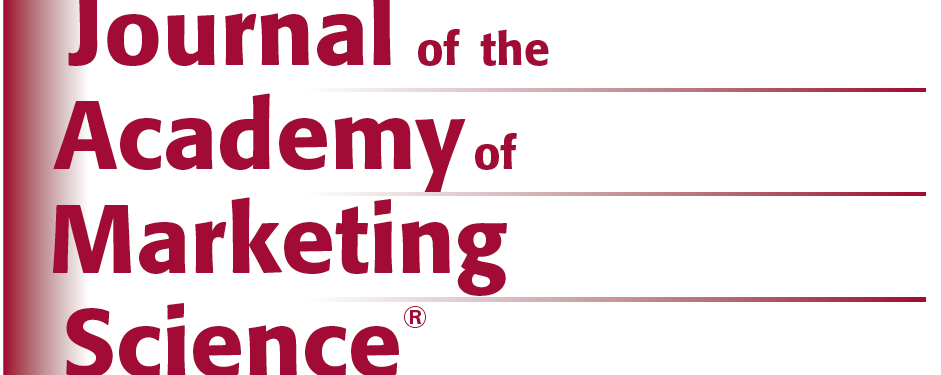This research investigates how shopping on a weekday or a weekend moderates the impact of music on supermarket sales. Contrary to the intuitive beliefs of interviewed store managers, a meta-analysis, two field studies, and a controlled experimental study indicate that playing pleasant music (vs. no music) in supermarkets on weekdays enhances sales, an effect not found on weekends. Theorizing and interviews with shoppers suggest a potential reason for this weekpart difference: Shoppers are more mentally depleted on weekdays (vs. weekends). A final study demonstrates and tests mental depletion as the driving factor for how shoppers are affected by music during different weekparts. When consumers are depleted (e.g., on weekdays) music increases affect, which mediates the impact of music on sales. The results of the studies further indicate that weekpart plays a significant role in determining the impact of in-store music on sales. This article concludes with a discussion of the substantive and theoretical importance of incorporating the impact of weekparts to predict in-store marketing effectiveness.



